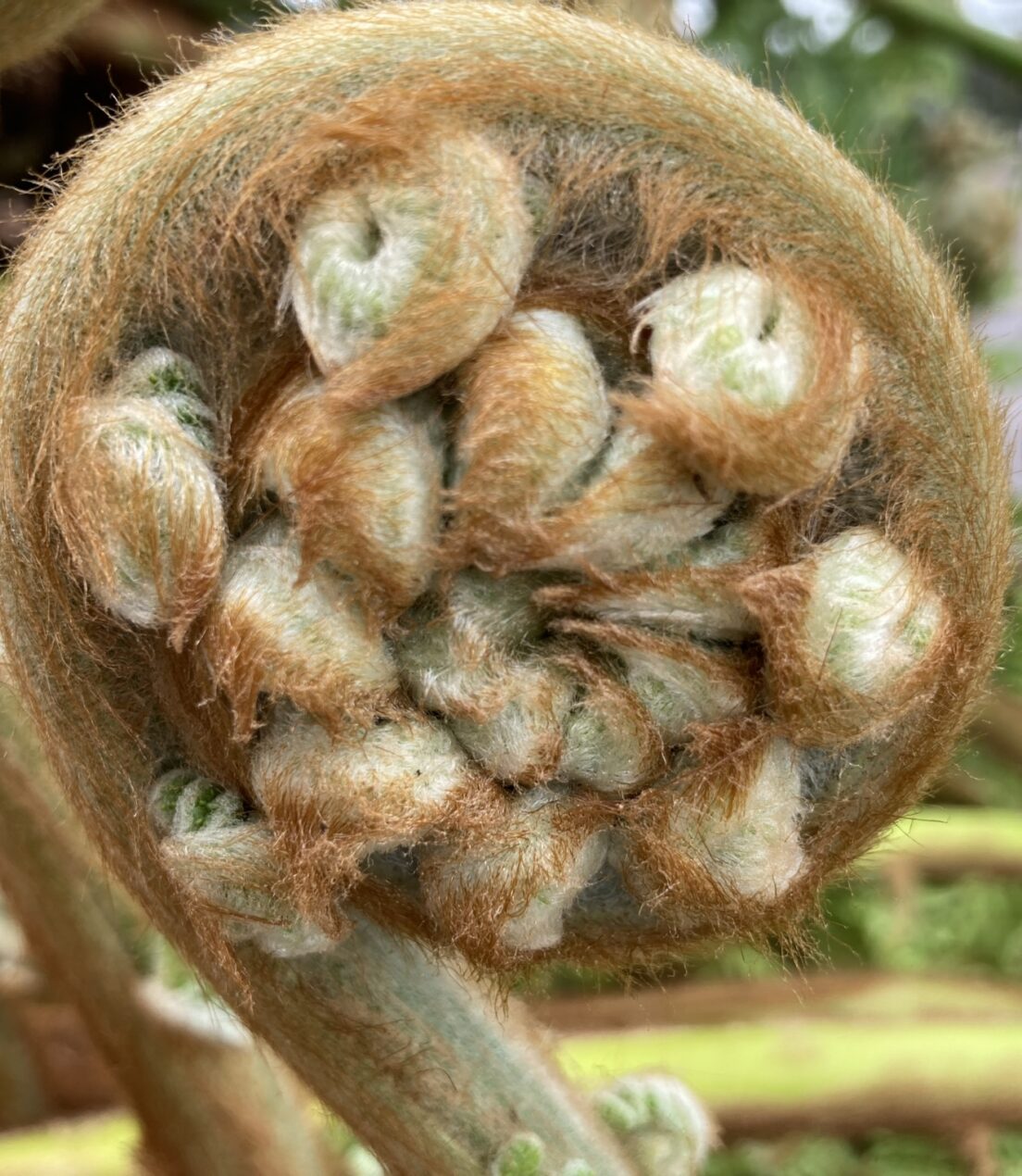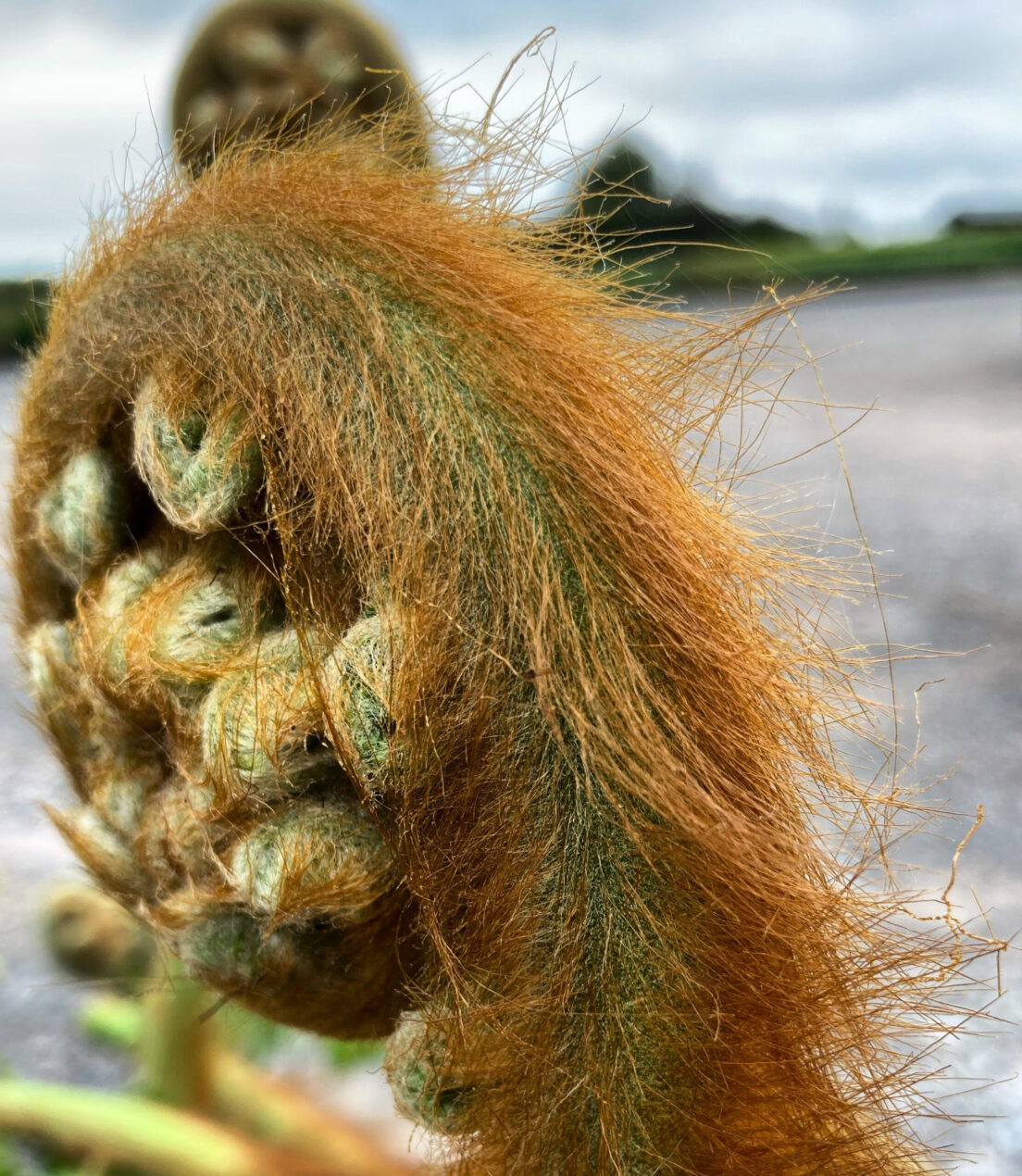In the UK we are able to grow a vast range of plants to replicate almost any planting style from around the world.
This however can cause a problem as some of our much-loved plants do not like the UK winters, this will either be down to the wet, cold or both.
When designing a garden, it is important to decide what level of protection you or your client is willing to do to keep there plants alive.
Below are some hints, tips and explanations that will help decide the best way to go about getting plants through even the worst winter weather.
Fully hardy
Fully hardy plants will require no protection in most area of the UK. Most of the plants that are grown in the UK gardens fall under this category.
This does assume that the plant has been planted in the correct location for their preferred growing conditions.
Reasons for a fully hardy plant dying can include:
- Weakening due to disease through the growing season/winter
- Poor soil conditions (drainage/dry)
- Unseasonably wet (flooding)
- Unseasonably long freeze (ground frozen)
Half hardy
These plants can survive mild winters and usually require shelter in southern parts of the UK, they usually require more robust protection methods in more northern areas.
Half hardy plants are usually poorly affected by cold wet conditions such as Mediterranean plants like Rosmarinus and Lavandula.
If the ground is wet and poorly drained it is likely they will be lost in anything more than an average winter.
There are also plants such as citrus that can handle to cold conditions as long as they are not wet. In this can all that you need to do is bring into a unheated conservatory and reduce watering. If you bring them inside over winter it is too hot and you will start to notice leaves dropping, they usually don’t recover until they are put back outside.
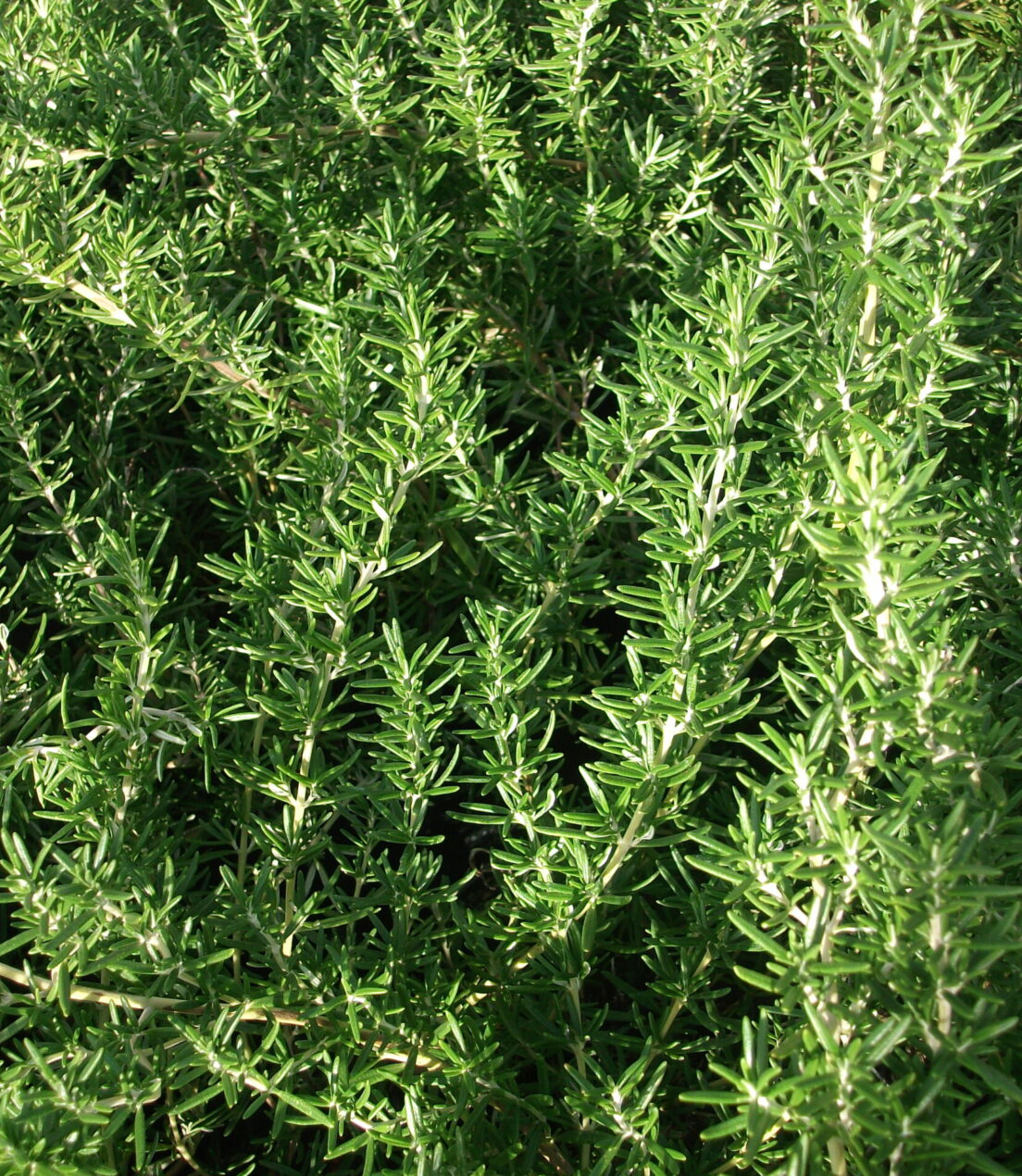
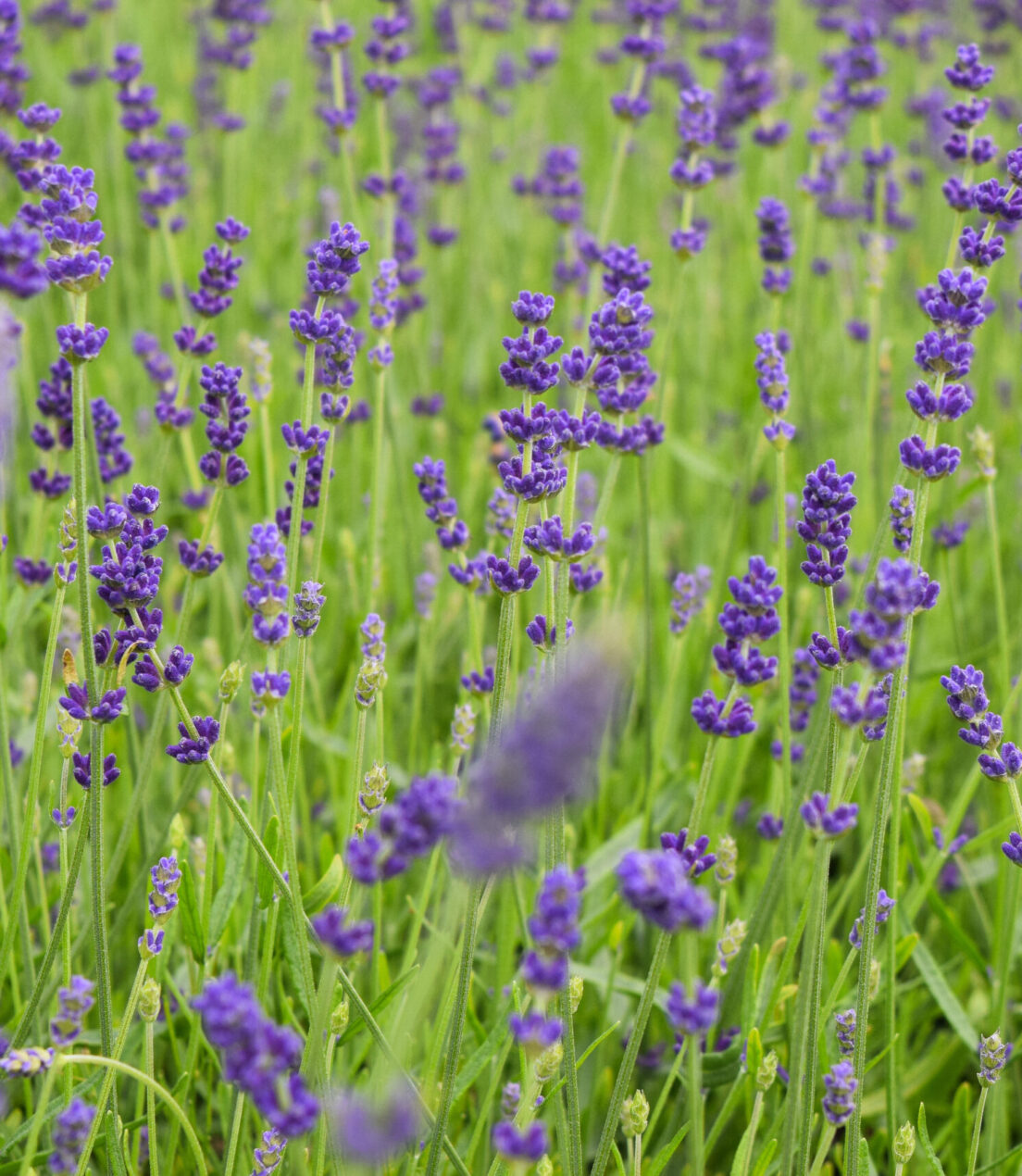
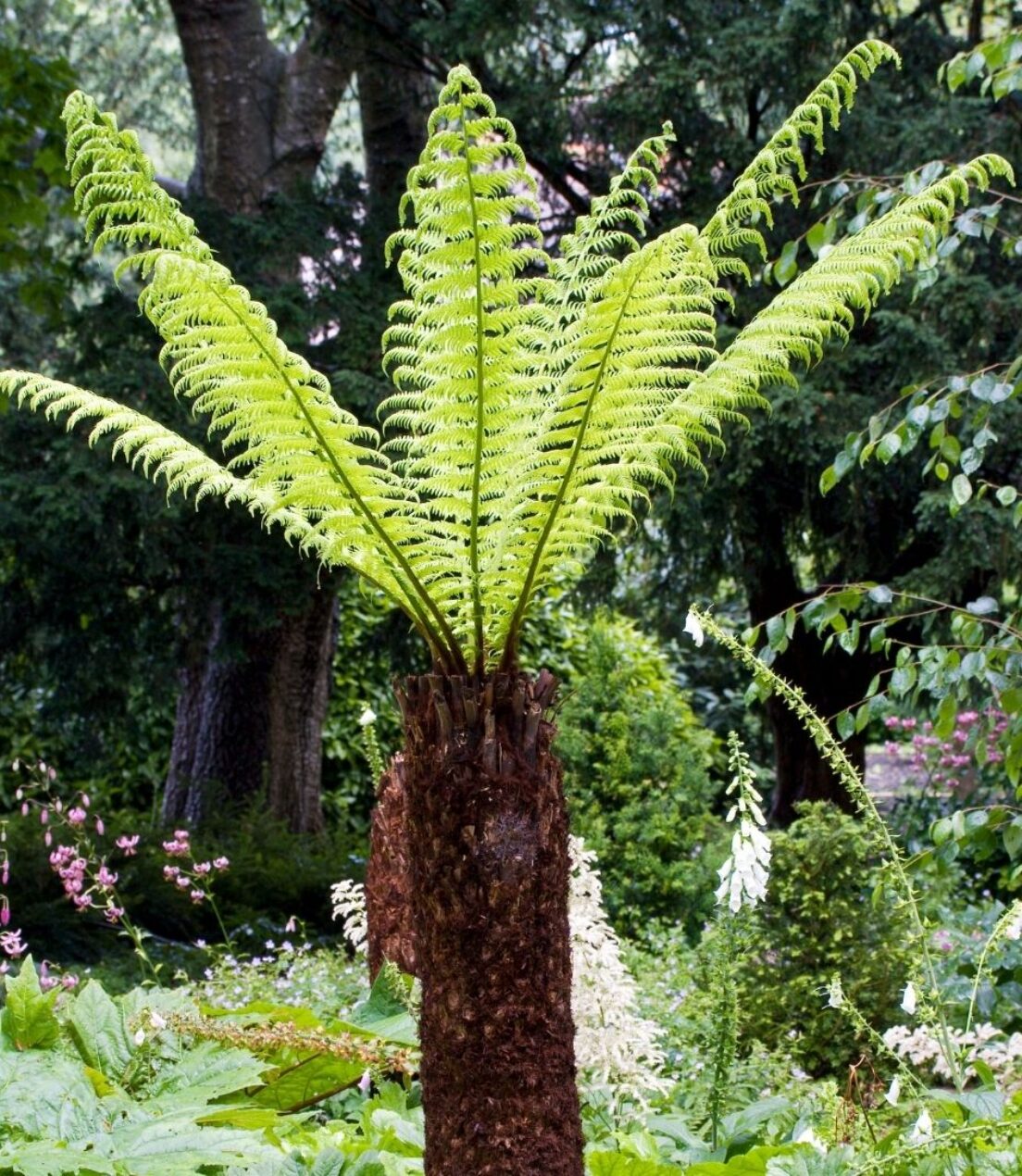
Tender plants
Tender plants are usually treated as annuals such as Petunia and bedding Geraniums, these plants usually dislike anything more than a mild frost.
Tender Plants that are to be kept year after year such as Canna, Dicksonia or Musa will require some type of protection. In some places in the UK even with protection there is a risk that a tender plant will be lost and one of the only ways to minimise this risk is to also bring them in to a frost-free greenhouse, conservatory or garage.
Plants in pots
When plants are in pots there is a higher risk of damage caused by freezing conditions, this risk is maximised when a pot has poor drainage leaving extra water in the pot to freeze. This extra water freezing in a pot is also a reason for most pots cracking.
The best way to overcome these risks is to first ensure that the drainage holes are not blocked by roots or excess soil and also raise the pot off the ground with pot feet.
Ideally you should also move a pot to a sheltered frost-free area next to a building if possible.
If you can’t move the pot then the pot can be wrapped in bubble wrap or fleece.
How to protect
There are many ways of protecting plants during the winter months, the following is a list of some of the most common methods.
The most recognisable plants that get wrapped and not brought in is the Dicksonia, these are hard to lift and, in most cases, will survive the winter with the right protection. It is recommended to add a good amount of straw into the crown at the top of the plant where the fronds emerge, this should be packed in and be at least a couple of handfuls. This stops excess water sitting in the crown and freezing.
If the center of the crown freezes, most likely it will die and without it no new fronds can grow.
It is also recommended if you are in an area that suffers from prolonged cold spells with frozen ground, to also wrap the trunk in multiple layers of horticultural fleece.
Plants such as Canna and Musa are unlikely to survive more then minimal frost so will need to be lifted into a pot and stored in a frost-free area, at this point the leaves should be removed to reduce moisture loss and the soil be kept on the dry side of moist.
If your area is not fully frost free then you should also wrap the pot and plant in fleece.
